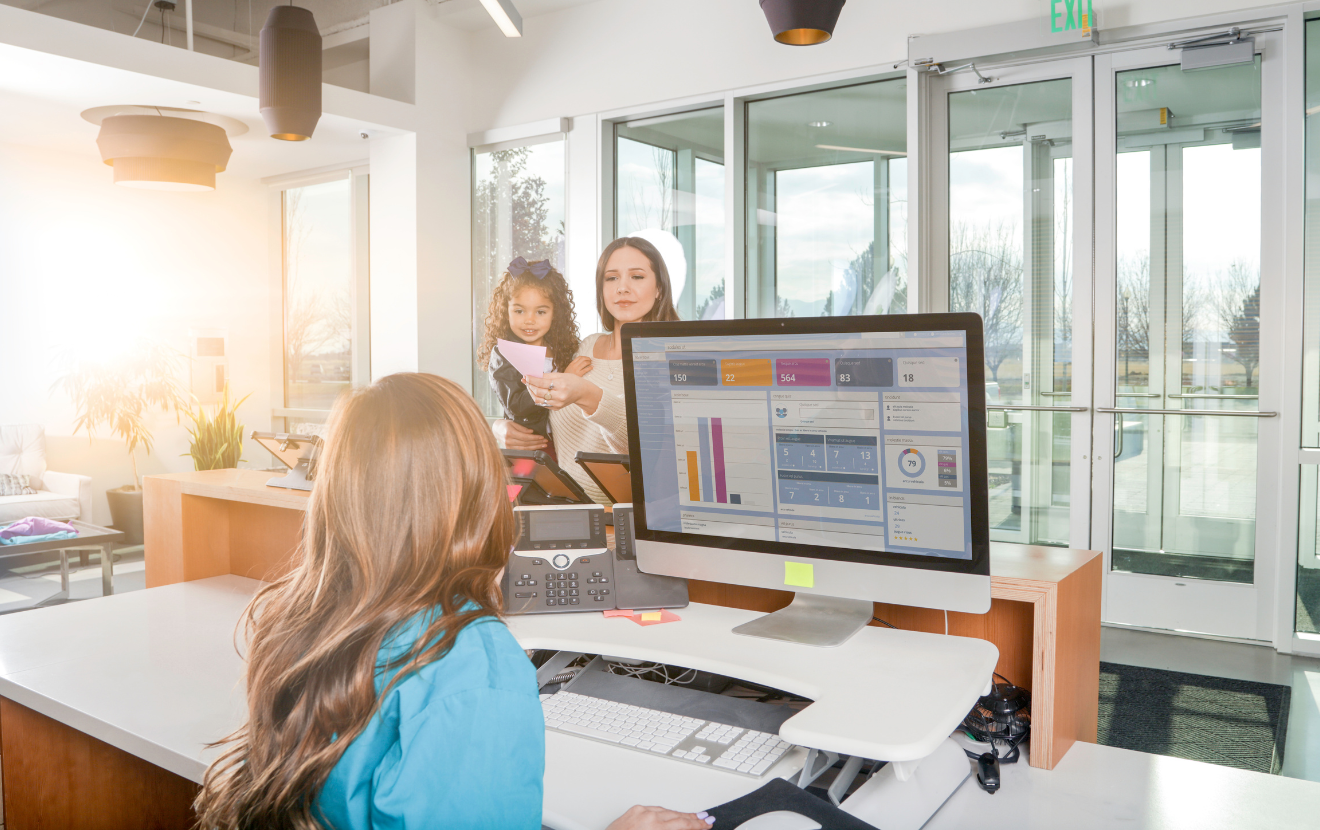Ok wow. We’ve all been through a period of massive change, adaptation and adjustment, both personally and professionally. It has the effect of slowing time. But we are still only a year from when COVID-19 restrictions started to roll out across different communities. It’s worth reflecting on just how far we’ve come, while staying in the same place more than ever before.
For those of us who were lucky enough to be in, and stay in, jobs that allowed for remote work, first came the logistical scramble. Finding dedicated spaces in our homes to work, amidst juggling kids who were themselves navigating newly online classes, not to mention partners doing the same. Companies struggled to remain operational, adjusting work flows and implementing new processes. Most things felt like temporary workarounds, until temporary became persistent.
Remember “two weeks to flatten the curve”? We were so naive.
By the end of the year, we’d mastered Zoom and Microsoft Teams, Chat and Slack, and a host of other online protocols that defined our new work day. The novelty of working remotely faded, with on-camera meetings becoming exhausting and draining instead of invigorating and connecting.
So now what?
It’s more important than ever to refocus on employee engagement and culture in the workplace as we head into year two of remote operations. Many teams are already in a hybrid mode, with some employees working in the office and some remote. Some companies, like REI and Zillow, have made longer term commitments to remote work as the model of the future.
In April last year, CUInsight published my piece “7 Tips for Building a Positive Culture in a Socially Distanced World.” Many of the thoughts remain relevant but by now feel a little basic, so it’s time to talk about the next evolution of cultural engagement. Here are some practical ways to support a positive corporate culture as the workplace continues to evolve in the months and years ahead:
1. Get creative to encourage casual connections. The focus now is to find ways to bring back and encourage some of that more spontaneous socialization that happens when working together in the same space, even when you’re not. Here are some ideas, including several we’ve done at Strum to keep us connected:
Weekly Water Cooler Chats: These are drop-in meetings designed to talk about everything EXCEPT work. Use this time to reconnect with fellow team members, catch up on the latest sports or the hottest new show on Netflix.
Steps Challenge: Have a shared spreadsheet for everyone to log their steps and set a group destination of where you’re headed. For example, set a goal to walk from Italy to France . You can mark the mileage between major cities with a little video of the area or share an interesting fact about the region.
Obscure Holidays: Celebrate things like National Wear Red Day (Feb 5th) or National Grilled Cheese Sandwich Day (April 12th) together.
March Madness: Everyone makes their picks and then watches to see who wins both on and off the court.
Celebrity Chef: Each month rotate having staff members share their favorite dishes and even do a cooking class with co-workers.
Virtual Roulette: For those who want to participate, randomly select employees to pair for conversations, virtual games, etc.
2. Invest in your brand and in brand/culture alignment. Brands need continual tending to thrive, and this is only magnified as the workforce rebounds and evolves. In a recent piece called “The 2 imperatives of brand leadership and why 2021 is the year to step up,” my colleague Ben Stangland noted that “Strong brands cut through the noise, and overcome how overwhelmed we have become ... by firing our neurons in all the different ways that we understand our world: with words, with visuals, with human interactions, through reputation, through repetition. This is true for your internal teams as well as your members.” Our CEO, Mark Weber, goes into greater depth on brand leadership in this position piece.
Investing in your brand (and I don’t mean just your logo and colors, but the heart or the “why” of your organization) and then bringing your entire organization together for brand training will create bonding through a shared sense of purpose. As a brand trainer myself, I get to see firsthand how powerful this is for our clients - and genuinely fun as well!
3. Allow for flexibility in daily work schedules. With the lines between work and personal life blurred, having the freedom and flexibility to determine how and when the work gets done will not only increase workplace satisfaction, but it will also help with retention. 80% of employees prefer flexible work options if there are no negative consequences.
4. Take a break from the non-stop Zoom meetings. Zoom fatigue is real. While we have proven that we can be effective at conducting business via video, it is exhausting to be “on” all day. Leaders can set the tone that certain meetings are ok to be audio only.
5. Develop two-way communication channels. As we entered into the pandemic, most communications were a one-way, downward stream from management to employees. No longer did we have that ongoing, natural communication that allowed employees to feel heard or listened to. Intentionally cultivate two-way dialogue about what is working well, what challenges are arising, and what processes need to be updated. A strong culture will permeate in environments where opinion sharing is both encouraged and valued.
6. Foster mindfulness in the workplace. Mindfulness is the acceptance and understanding of feelings, thoughts, and sensations without judgement. Being attune to the shifting emotional currents, recognizing that everyone copes with adversity differently and finding ways to reduce workplace stress should be goals of leadership. Practicing mindfulness doesn’t have a one size fits all solution, but being open and accepting of what people are experiencing is the first step. Other tangible things in the category of promoting a positive psychological energy in the workplace: encouraging staff to take vacation so that they can replenish mentally even if they don’t “go” anywhere, and regularly encouraging everybody to take advantage of mental health offerings included in their benefits packages.
7. Focus on development. Find opportunities to improve or develop new skills. Take advantage of online learning to take a class or attend virtual seminars. Fostering an environment that encourages employees to continually develop and hone their skills will reap benefits with job satisfaction and retention.
8. Don’t forget to celebrate and reward. It’s easy to get into “buckle down and just get through” mode, and forget that the simple things make people feel valued and appreciated. And it’s no secret that when employees are rewarded for doing great work, more great work ensues. Consider taking a more personalized and creative approach to sending out thank yous. Drop a handwritten note in the mail,play a song at a team meeting to recognize an accomplishment or send employees some branded swag.
The one thing we know for sure is that whatever the future holds, we will not have the same workplace ahead that we knew in early 2020 and before. Creating and maintaining a thriving organizational culture should be an ongoing collaborative effort between everybody in the organization, with leadership setting the tone. The only thing to do is embrace change and approach the coming months with a spirit of continually experimenting and improving.
I’d love to hear what culture-promoting activities your organization has tried to keep teams connected during full or partial work from home – please share your stories and ideas so that we can all learn from each other and contribute to positive workplace cultures everywhere!








